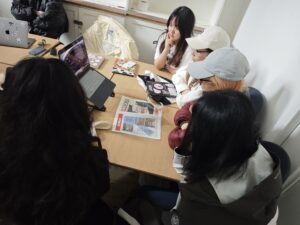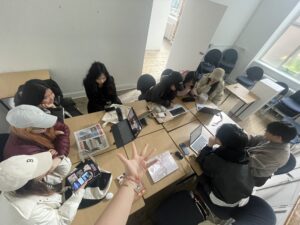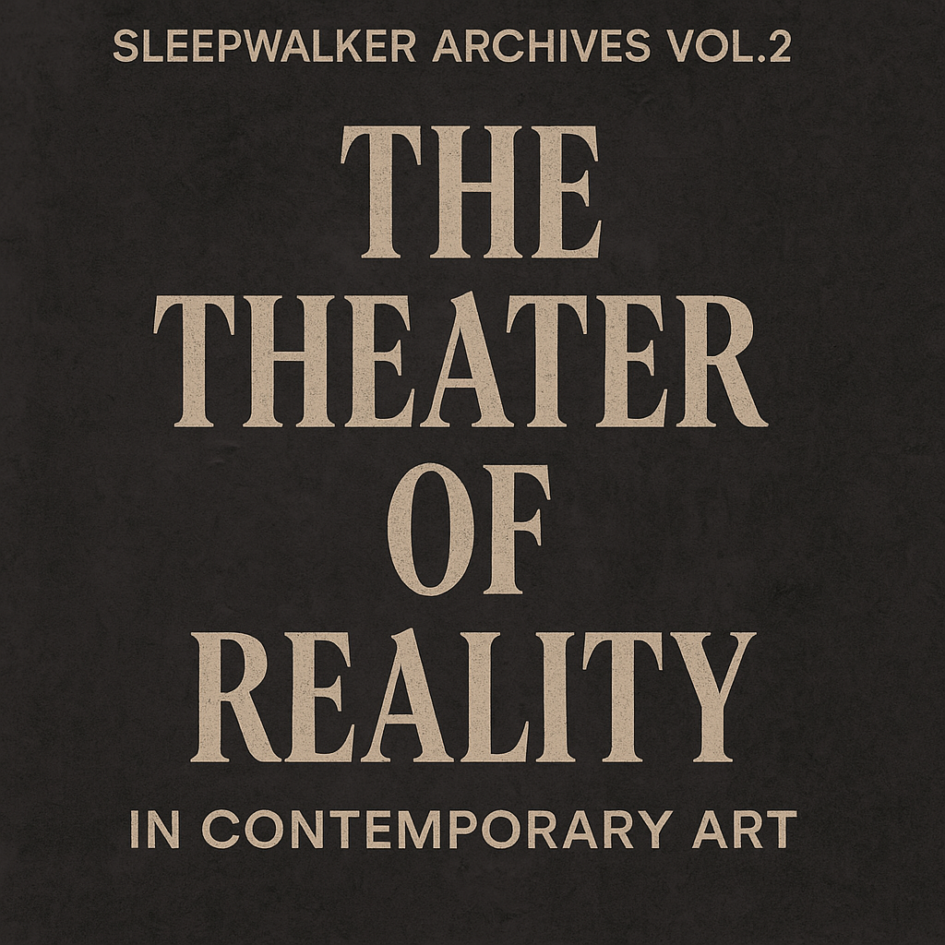This week, our collective held a session titled Sleepwalker Archives Vol.2: The Theater of Reality in Contemporary Art. The event centered around a collective screening and discussion of The Truman Show (1998), which we used as a critical lens to examine the mechanisms behind the construction of “reality” in both art and contemporary media.

Promotional still from The Truman Show (1998)
The session began with a brief introduction, where we were reminded that we were not simply watching a film, but engaging in an exercise of perception. The guiding question—“Who is controlling the reality in this film?”—invited us to remain alert to visual cues, narrative design, and emotional manipulation throughout the screening. We were encouraged to record observations on “perception cards,” noting moments where the illusion faltered, or Truman’s environment appeared constructed.

Following the film, we took a short break before dividing into two discussion groups. Group A analyzed the internal architecture of the film—its lighting, spatial composition, and transitions. I was in Group B, where we examined the audience’s belief in Truman’s world. We reflected on how easily perception can be guided when visual, emotional, and social cues are all aligned. It became clear that viewers (including ourselves) are not simply passive observers, but participants in the construction of meaning.
What stood out to me most was how the film mirrors contemporary forms of mediated perception. From algorithmic recommendations to social media filters, the boundaries between fiction and reality are increasingly blurred. As Claire Bishop (2012) argues, spectatorship is a political act—what we see is always shaped by how we are trained to see. Truman accepts his world until a perceptual inconsistency breaks the illusion. Perhaps our world is similar—we believe what we are shown until something disrupts the frame.

In the final reflective activity, we each chose a keyword that captured our insight from the session. My keyword was Perception, because it reminded me that reality is not simply received—it is filtered, framed, and often fabricated.



Leave a Reply